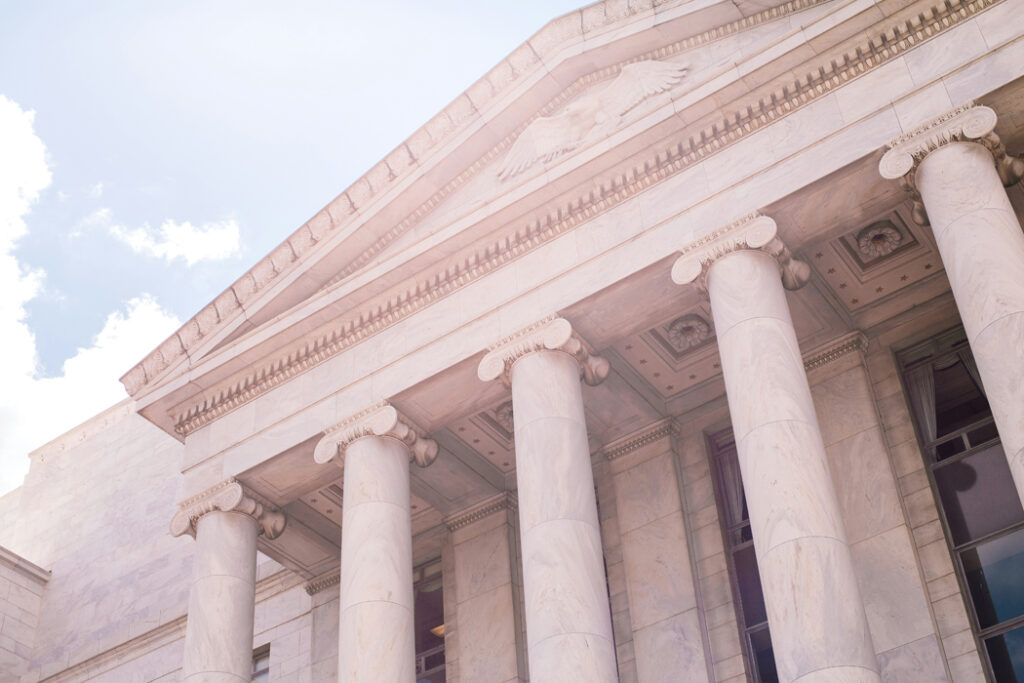
Last month we looked at the economic record of the two major political parties. If you missed it, don’t worry. This article does not require having read the first one.
But to recap last month, in the last 100 years, Republicans have held the White House for 48 years and Democrats for 52. There have been 16 recessions and 1 depression. The Great Depression and 12 of the 16 recessions started during Republican administrations. Further, either a recession or a depression occurred during every Republican administration of the last 100 years (see Wiki link).
Why?
Last month our task was simple. Match up two sets of dates: the dates of presidential terms with the beginning dates of recessions and depressions. There’s no ambiguity. Recessions are all dated by the National Bureau of Economic Cycles, and presidents serve from the time they are inaugurated until the next president is inaugurated. The data is very lopsided in favor of Democrats being better for the economy.
Last month we covered a full century. But for this article, I’m going to start with Ronald Reagan. Reagan embraced the economic theory put forth by Professor Arthur Laffer. In simple terms, Laffer’s theory, referred to as the Laffer curve, was that cutting taxes would stimulate the economy and that the U.S. Treasury would not lose any revenue. This is because the gain produced by the faster growing economy would in turn be taxed—and even though the rate would be lower, more money would ensure that there would be no budget shortfall.
Armed with this idea, Reagan pushed through a large tax-cut bill, and it worked extremely well until it didn’t. The Reagan tax cuts resulted in a then-record high budget deficit. What is now all but forgotten is that to correct that deficit, in 1982 and 1985 the Reagan administration passed the largest peacetime tax increases in history.
But I digress. The main point here is to look at who benefits most from tax cuts, and that’s obvious: taxpayers. As you go higher up the income ladder, tax cuts become a less efficient way of stimulating the economy. The reason is that people in upper income levels mostly have everything they need. Some of the resulting money from lower taxes gets spent, some gets invested, and some gets saved. Savings do not stimulate the economy. It’s the opposite. Savings are monies that are temporarily taken out of the economy. As such, savings are a deflationary force.
Contrast this with the favored way for the Democrats to stimulate the economy —spending. Government spending has the virtue of directly creating jobs. The Biden administration recently announced a $1.5 billion grant to GlobalFoundries, a New York State-based semiconductor chip manufacturer, to help them build an advanced foundry that is expected to create 1,500 permanent jobs and an additional 9,000 construction jobs.
This is extremely efficient economic stimulus, because that $1.5 billion will be spent buying supplies and paying salaries and companies.
The Republican ideal is that if we leave more money in the hands of individuals and companies, they are in a better position to know how it should be spent, and that government should not be entrusted with those decisions. It’s hard to disagree with that notion. But in action, the approach doesn’t have the power of direct investment into the economy like the Biden administration’s CHIPS and Science Act does.
To restate: 1) tax cuts stimulate the economy, 2) direct infusion of money into the economy via government spending programs stimulates the economy more.
Some estimate that when money is spent, it circulates 14 times in the economy, so government spending can be very stimulative. When money is saved, it does very little for the economy. Since tax cuts result in more savings than government spending, tax cuts are not the best way to stimulate the economy.
So now you have one possible explanation for why every Republican administration of the last century has had a recession or a depression begin on their watch, while there have been no recessions in any Democratic administration of the last 44 years.
But spending has to be paid for, and so do tax cuts. That’s why the national debt has grown in every one of the last 24 years. We’ve been happy to make stimulative measures of all kinds. Paying for it? Not so much. The last president to oversee a decline in the national debt was Democrat Bill Clinton. At some point in the coming years, our deficit-happy government will have to take measures to rein in the debt. But that’s another subject. And if I’ve brought up a new worry for you, I would refer you back to my March column earlier this year.
Hal Masover is a Chartered Retirement Planning Counselor and a registered representative. His firm, Investment Insights, LLC is at 508 N 2nd Street, Suite 203, Fairfield, IA 52556. Securities offered through, Cambridge Investment Research, Inc, a Broker/Dealer, Member FINRA/ SIPC. Investment Advisor Representative, Cambridge Investment Research Advisors, Inc., a Registered Investment Advisor. Investment Insights, Inc & Cambridge are not affiliated. Comments and questions can be sent to hal.masover@emailsri.com These are the opinions of Hal Masover and not necessarily those of Cambridge, are for informational purposes only, and should not be construed or acted upon as individualized investment advice. Investing involves risk. Depending on the types of investments, there may be varying degrees of risk. Investors should be prepared to bear loss, including total loss of principal. Past performance is no guarantee of future results.
Indices mentioned are unmanaged and cannot be invested in directly.
